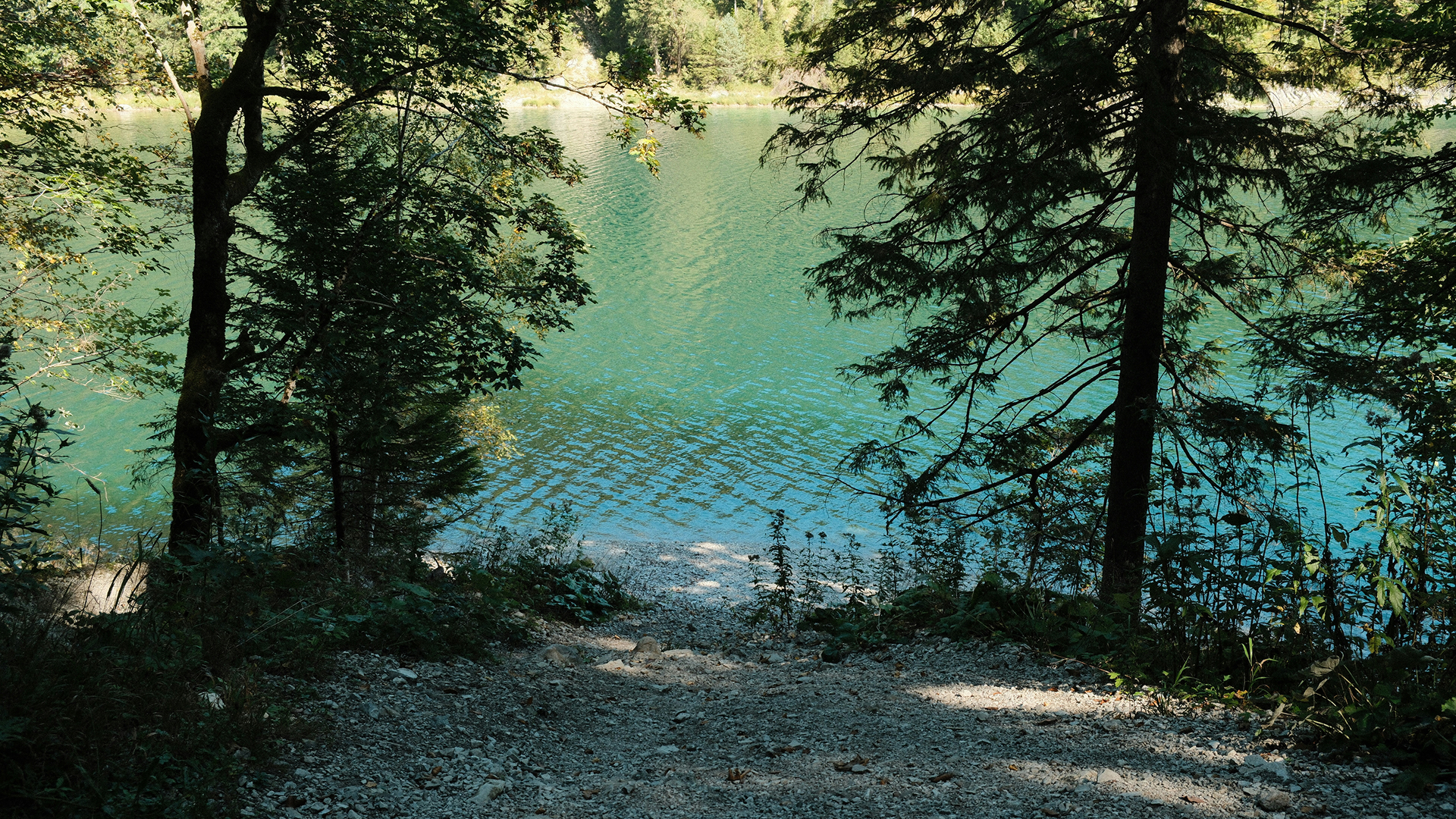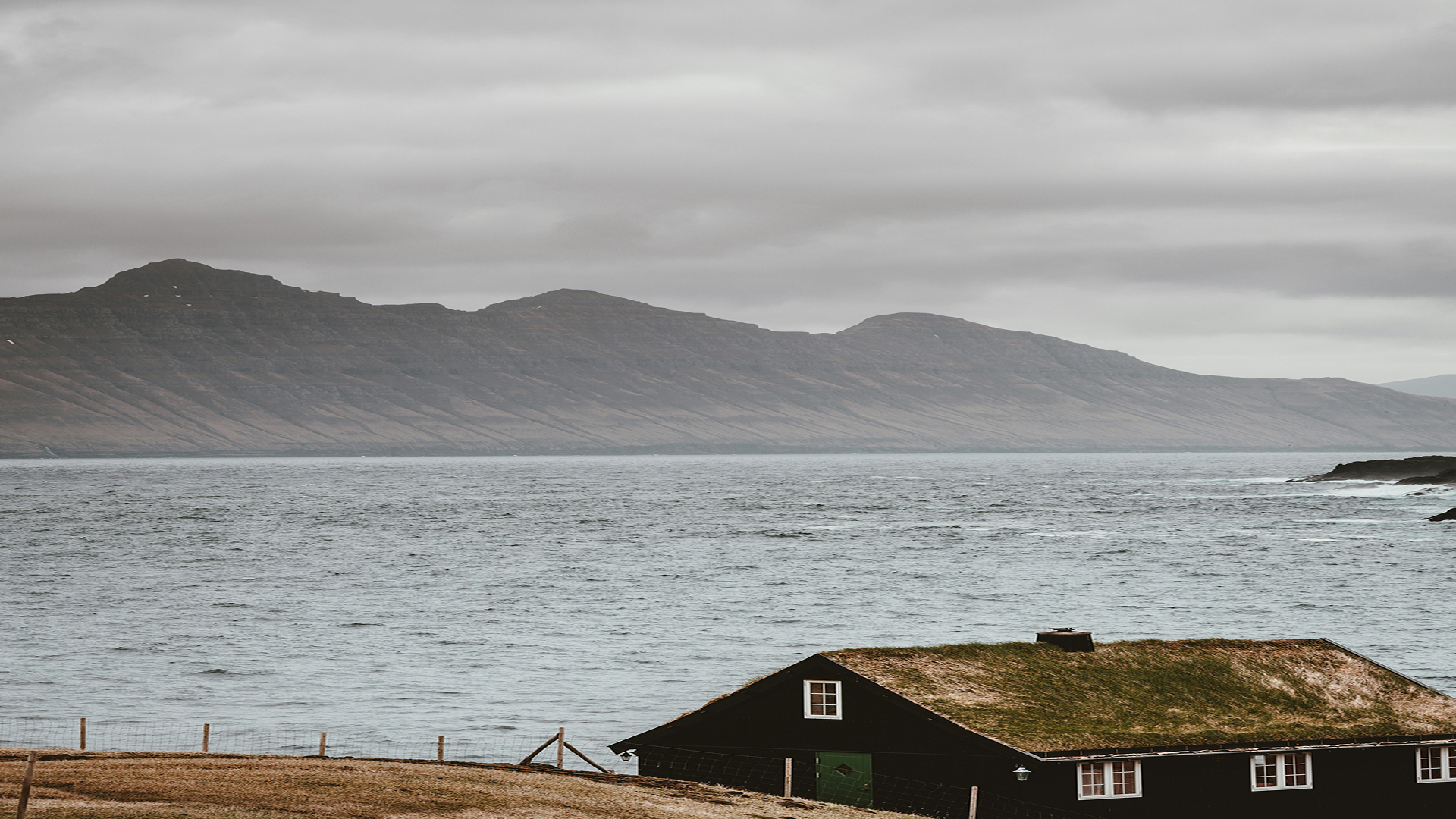Blog
Embracing the bathing ritual: a step-by-step guide
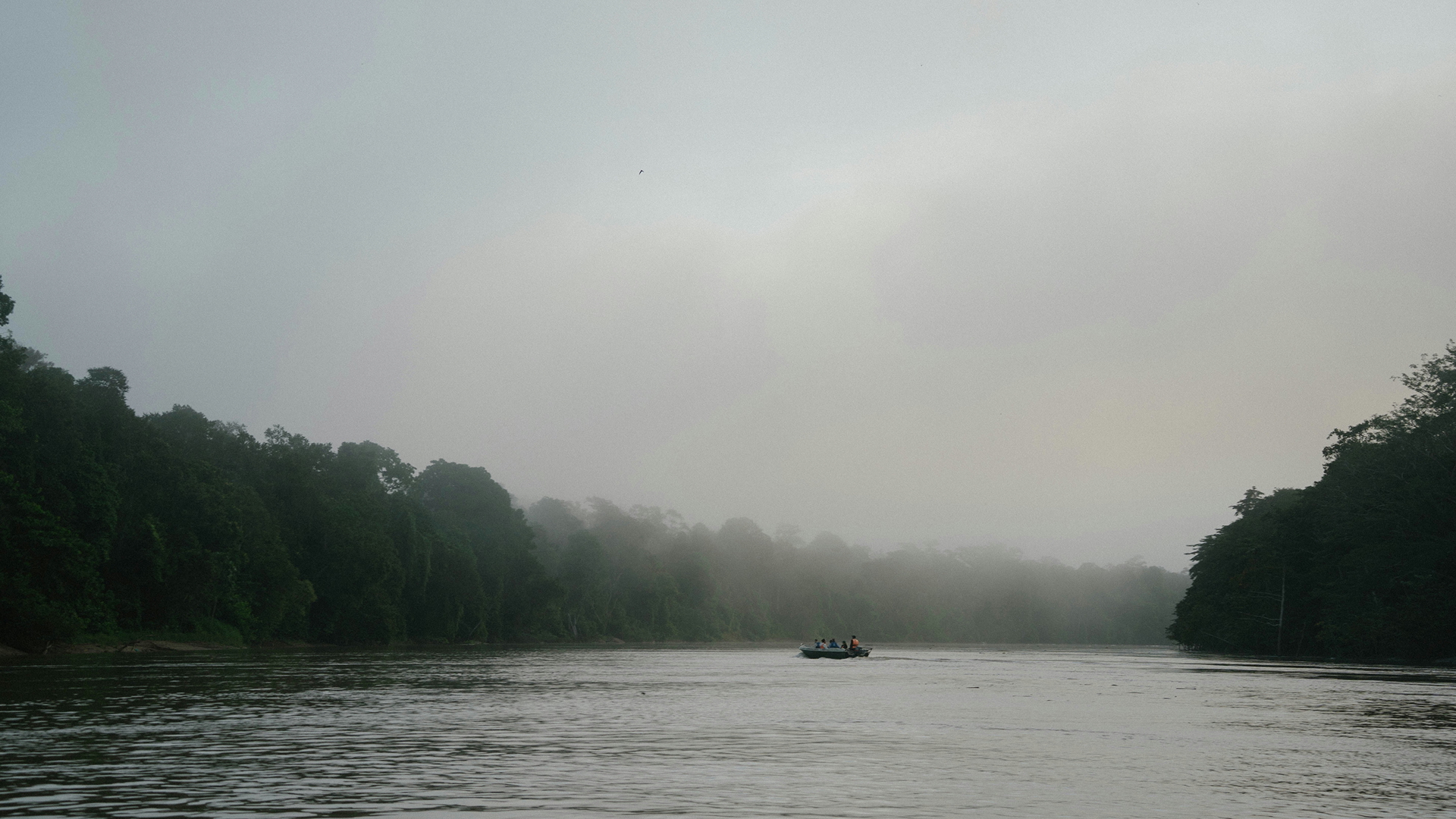
Bathing is more than cleansing. It’s a return to rhythm, to stillness, to the body’s natural intelligence.
Across cultures and centuries, water has marked rites of passage and restoration. From Japanese onsen to Roman thermae and Nordic plunges, each ritual offered more than warmth or refreshment. It brought presence. Today, in a world of speed and noise, the call to slow down grows louder. Ritual Wellness invites us to create daily moments of clarity. With the right tub, enriched water, and a calm environment, the practice becomes a source of rhythm, a gesture of care we choose to repeat.
Preparing the space
The surrounding space shapes the ritual long before the water touches the skin. A considered environment helps the body shift its rhythm and soften into awareness. This is not about decoration but about intention. Every material in contact with the senses should bring ease, not stimulation. Natural wood underfoot, warm air on the skin, filtered light entering slowly through a window, all of these become silent invitations to slow down. Whether placed indoors or outside, the tub should feel anchored within a space that speaks of stillness. You’re not just preparing a bath, you’re preparing a return.
Setting the tone
Natural textures, soft materials and spatial clarity help signal the body to release tension. The space should not ask anything of you. Nothing too bright, nothing too loud. Think of it as subtracting noise rather than adding ambience. A well-placed chair. A folded towel. A view onto something alive. By removing what distracts and keeping only what supports, the body begins to let go. And as the space grows more neutral, it becomes more generous. What remains is a place where the breath lengthens and time begins to stretch.
Creating sensory neutrality
Atmosphere is not a luxury, it is the first layer of the ritual. Before the body feels the water, the senses are already adjusting. A quiet morning, the rustle of trees, or a slow playlist without lyrics can set a tone that allows the nervous system to soften. This isn’t about perfection but permission, permission to arrive, slowly and without tension. Keep the lighting warm and indirect. Choose one scent or none. Let every element fade into the background until only the body remains, preparing to meet the water in full attention.

Choosing your immersion type
Hydrotherapy begins with listening. The body changes each day and so should the temperature of your soak. There is no formula and no better or worse, only response. Cold restores energy and clarity. Warmth invites release and repair. Contrast teaches balance. These are not extreme practices but simple gestures repeated with awareness. The water holds different messages depending on what the body asks. By learning to adjust the ritual to your state of being, you begin to build a more fluid and resilient rhythm. You begin to live in response rather than reaction. You begin to return to yourself.
Warm immersion
A warm bath between 98°F and 104°F tells the body that it can let go. Muscles soften. Thoughts settle. The breath begins to expand again. This type of soak is ideal in the evening when the body is ready to transition from activity into rest. It supports the parasympathetic system and deepens the ability to sleep. Let the heat enter slowly and notice how it transforms your internal state. This is not about comfort, it’s about care. A warm immersion does not fix but allows. It invites repair without force. It reminds the body that release can be simple.
Cold immersion
Cold immersion between 44°F and 60°F brings the body into heightened presence. Every nerve wakes. Every breath deepens. What first feels sharp becomes clear. Used by athletes and seekers alike, cold water triggers the vagus nerve, lowers inflammation and helps the mind cut through noise. It is not a punishment but a reset. Enter slowly. Stay for thirty seconds to three minutes. Let the sensation rise and pass. This ritual builds resilience over time. What begins as discomfort becomes grounding. You exit not just refreshed but reconnected, to alertness, to breath, to the ability to choose stillness inside challenge.
Contrast bathing
Alternating hot and cold is not just a method, it’s a rhythm. Begin with warm immersion for three to five minutes then switch to a cold plunge for one minute. Repeat this cycle two to four times depending on your energy. The shift creates a vascular pump effect, moving blood and oxygen through the system while stimulating lymphatic drainage. Contrast bathing teaches the body to adapt. It reminds us that balance is created not by staying still but by moving between opposites with grace. Add our Water System to elevate the experience with magnesium, calcium and trace minerals.
Immersing with presence
Presence is not about doing something right. It is about doing one thing fully. When we step into the tub with attention, the act of bathing becomes more than care, it becomes communion. The body meets the water. The wood supports the skin. The breath finds its depth. In this space, there is no need to measure results or chase sensations. You’re not here to fix or to perform. You’re here to remember. In a world that rewards speed, this is your time to slow down, to anchor yourself not in effort, but in feeling.
Breathing as anchor
As soon as the body enters the water, allow the breath to guide the experience. Inhale until the lungs fill without strain. Exhale until the body begins to settle. There is no need to count or control. Just notice. Just follow. Breathing becomes the anchor, a reminder that nothing more is required. The temperature, the textures, the sounds around you all dissolve. What remains is a rhythm that leads you inward. Inhale. Exhale. Repeat. And in that repetition, the nervous system learns a new pace. One that does not come from outside but from within.
Letting design serve the gesture
The tub is not the center of the experience, the gesture is. Every curve, material and detail in a Nordsprings tub is made to disappear once you enter. The wood does not compete with the water. The control system does not interrupt the silence. Every design choice is there to support the ritual without drawing attention to itself. True design is invisible when it works. The experience becomes fluid because the form allows it. The tub holds. It does not distract. It creates a space where nothing needs to be perfect, only present.
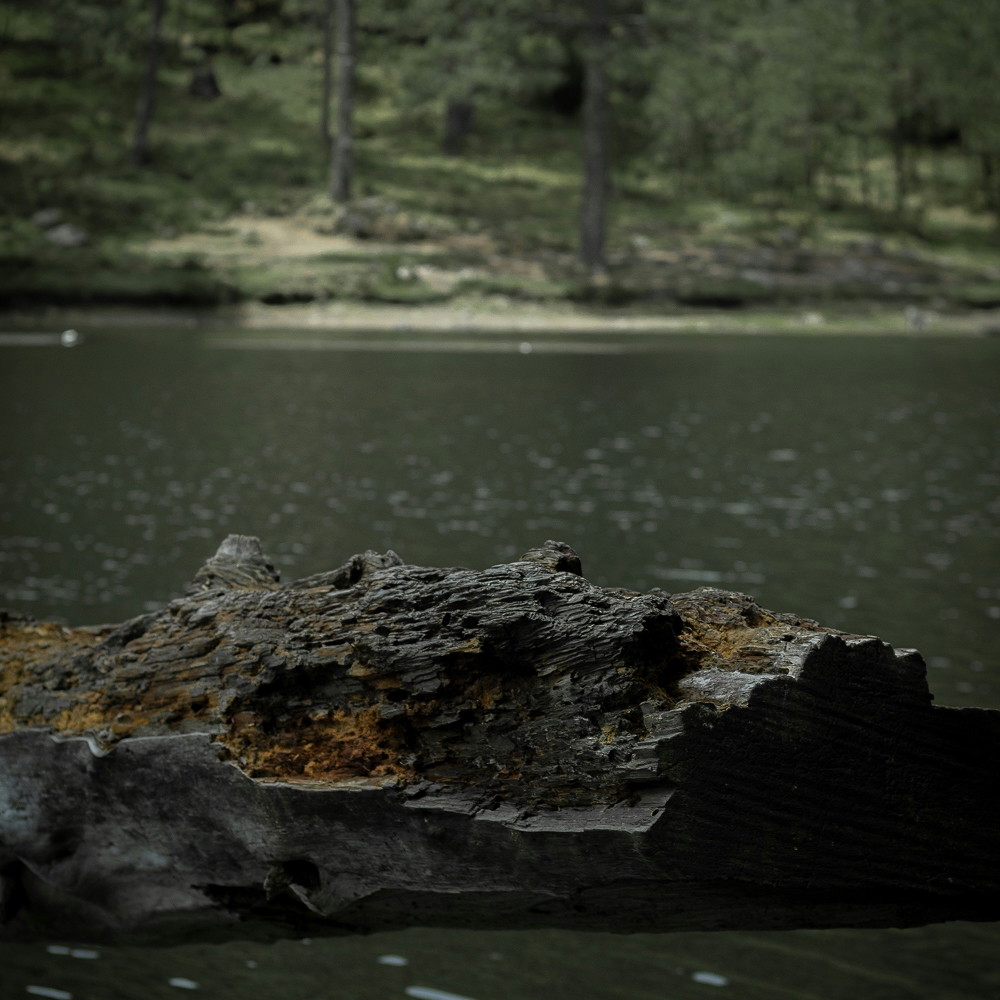
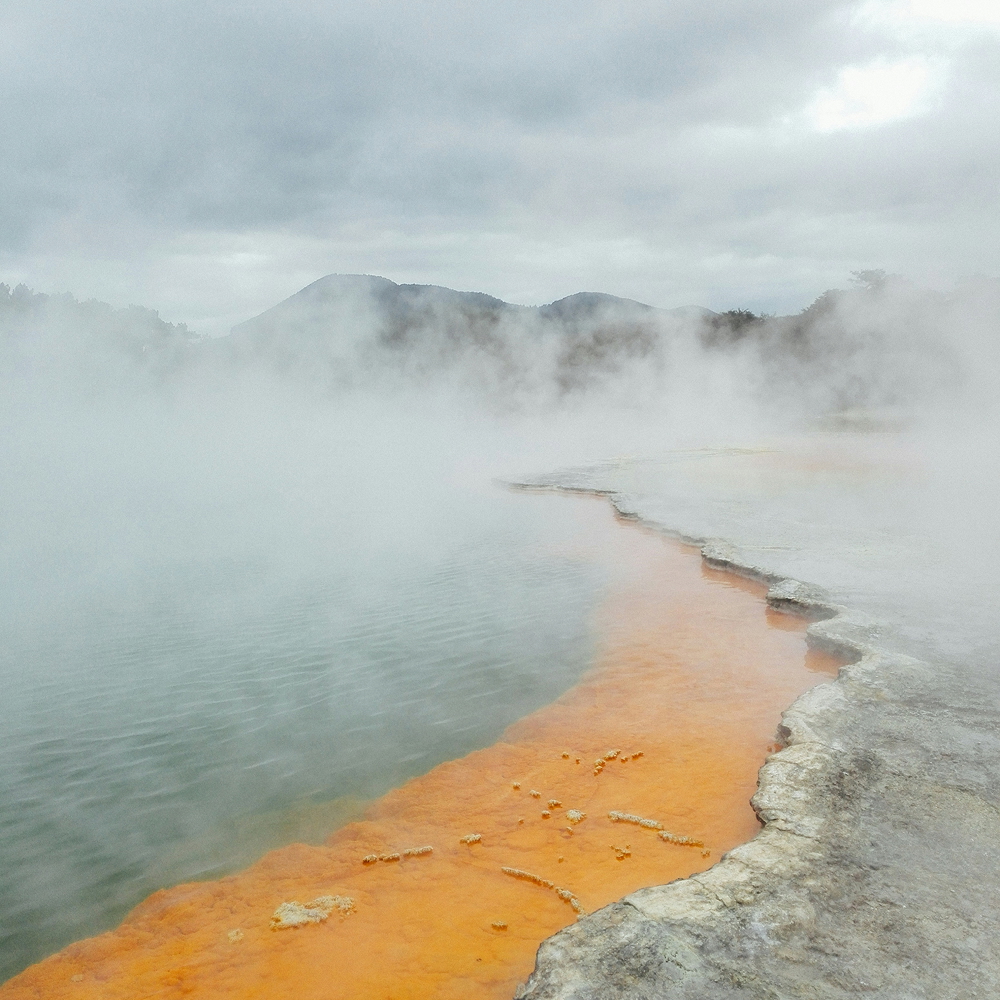
Extending the benefits
What happens after the soak is just as meaningful as the immersion itself. These next moments are where the nervous system integrates what has been felt. The body is open. The senses are heightened. Instead of rushing back into the day, create space to linger. Let the ritual extend into rest. Recovery is not passive, it is active softness. By moving slowly, by staying close to the breath, you allow the effects to deepen. You teach the body that care can be sustained. And over time, these post-ritual gestures become part of the practice, simple, natural, essential.
Transitioning gently
After the soak, avoid abruptness. Let the body stay in contact with warmth and quiet. Wrap yourself in cotton. Drink water slowly. Keep the lights low. The body is still adjusting, still integrating. Give it permission to land. These moments after the bath are not about productivity. They are about allowing the system to shift. Whether you sit by a window, lie down with your eyes closed, or stretch in silence, let this part be slow. The body is listening. Let it finish what the water started.
Creating your own rhythm
Ritual is most powerful when it becomes familiar. Not rigid, not complicated, simply repeated. There is no perfect time to soak. Some choose sunrise, others twilight. What matters is consistency. The body responds best when care arrives regularly. It begins to anticipate, to soften, to remember. Wellness is not built through intensity but through rhythm. Let your practice evolve with your life. Make it your own. And if you're just beginning, our handcrafted wellness tubs are designed to support you in building a sanctuary, not once in a while, but every day.
